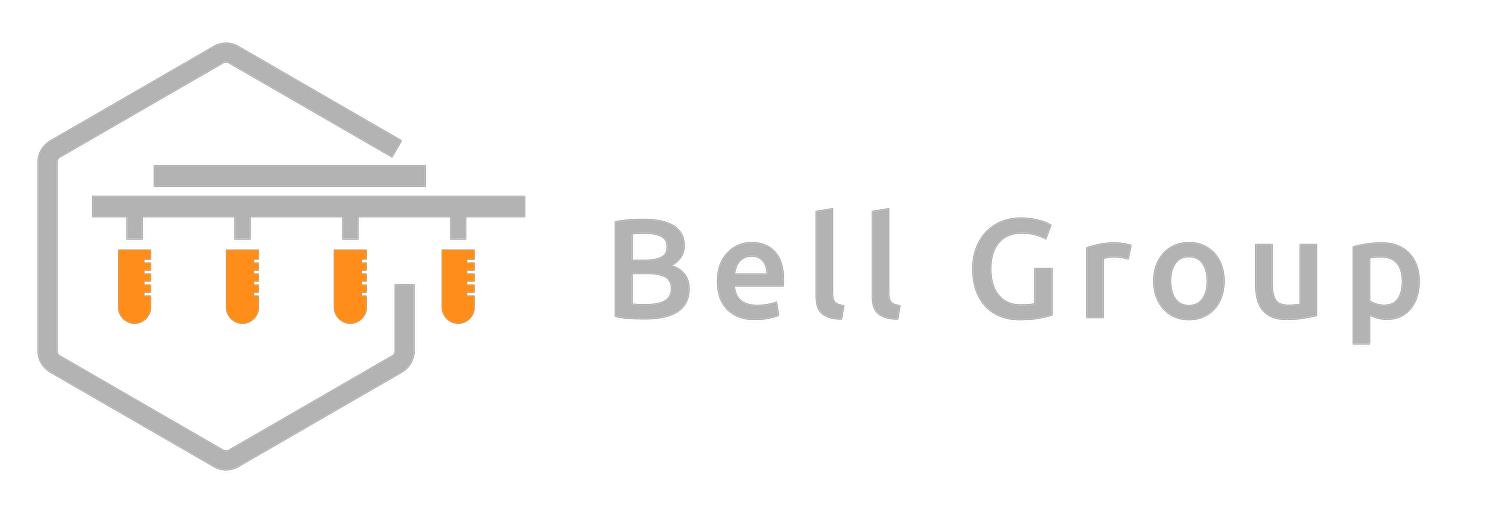
Digital Inorganic Chemistry
We are interested in the development of the next generation of tools for carrying out Inorganic Chemistry. This includes inert atmosphere and high throughput techniques. Examples of this work can be found here:
Air Free Catalysis
Catalysis with the most highly reactive species must be undertaken under inert atmospheres. We use Schlenk and Glovebox techniques to probe new reactivity of organometallics.
1. Cu(OTf)2-Mediated Cross-Coupling of Nitriles and N-Heterocycles with Arylboronic Acids to Generate Nitrilium and Pyridinium Products, N L. Bell, C. Xu, J. W. B. Fyfe, J. C. Vantourout, J. Brals, S. Chabbra, B. E. Bode, D. B. Cordes, A. M. Z. Slawin, T. M. McGuire, A. J. B. Watson, Angew. Chem. Int. Ed. 2021, 60, 7935.
2. First experimental evidence for a bis-ethene chromium(I) complex forming from an activated ethene oligomerization catalyst. Chabra, S., Bell, N. L., Watson, A. W. , Bode, B. E., Science Advances 6, eabd7057 (2020).
Nuclear Chemistry
Disposal of nuclear wastes requires a deep understanding of the chemical behaviour of metals such as Uranium and Thorium. We use our tools and expertise to probe the chemistry of these fascinating metals with our collaborators at Sellafield Ltd in Cumbria.



